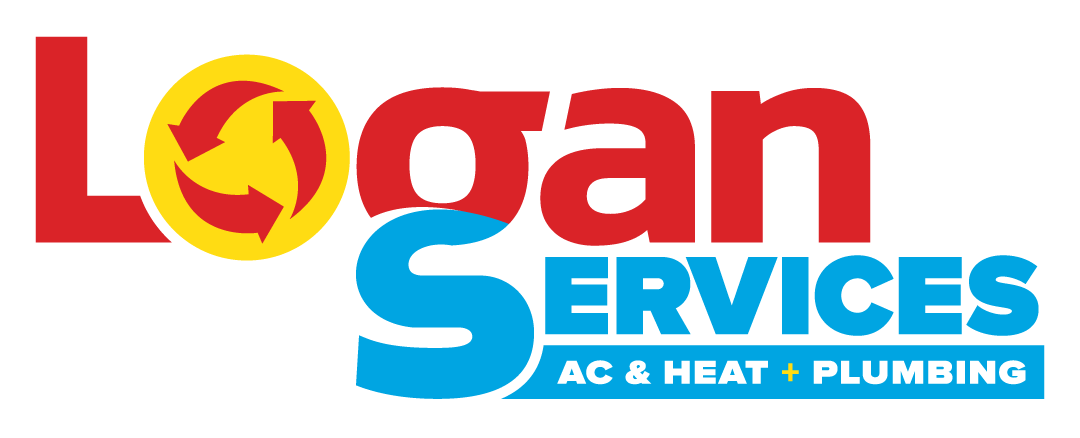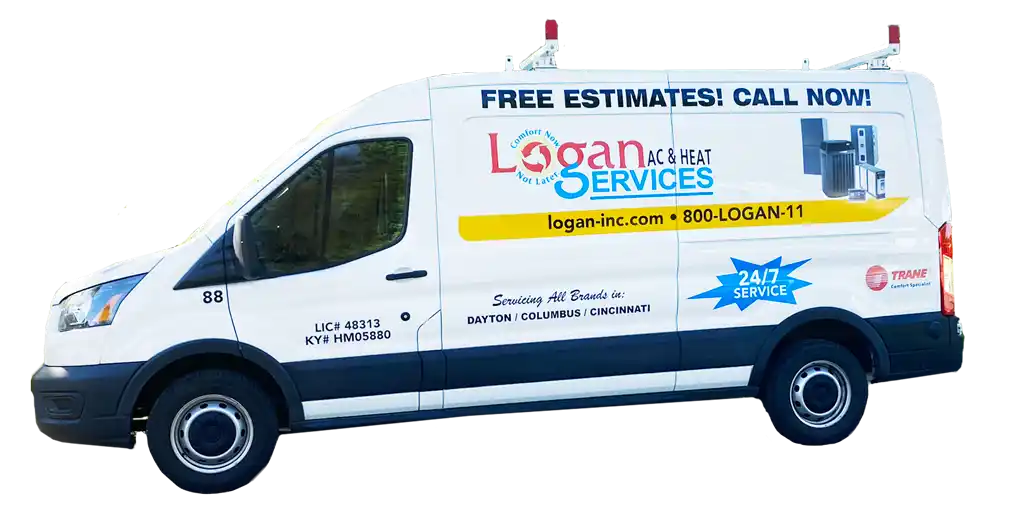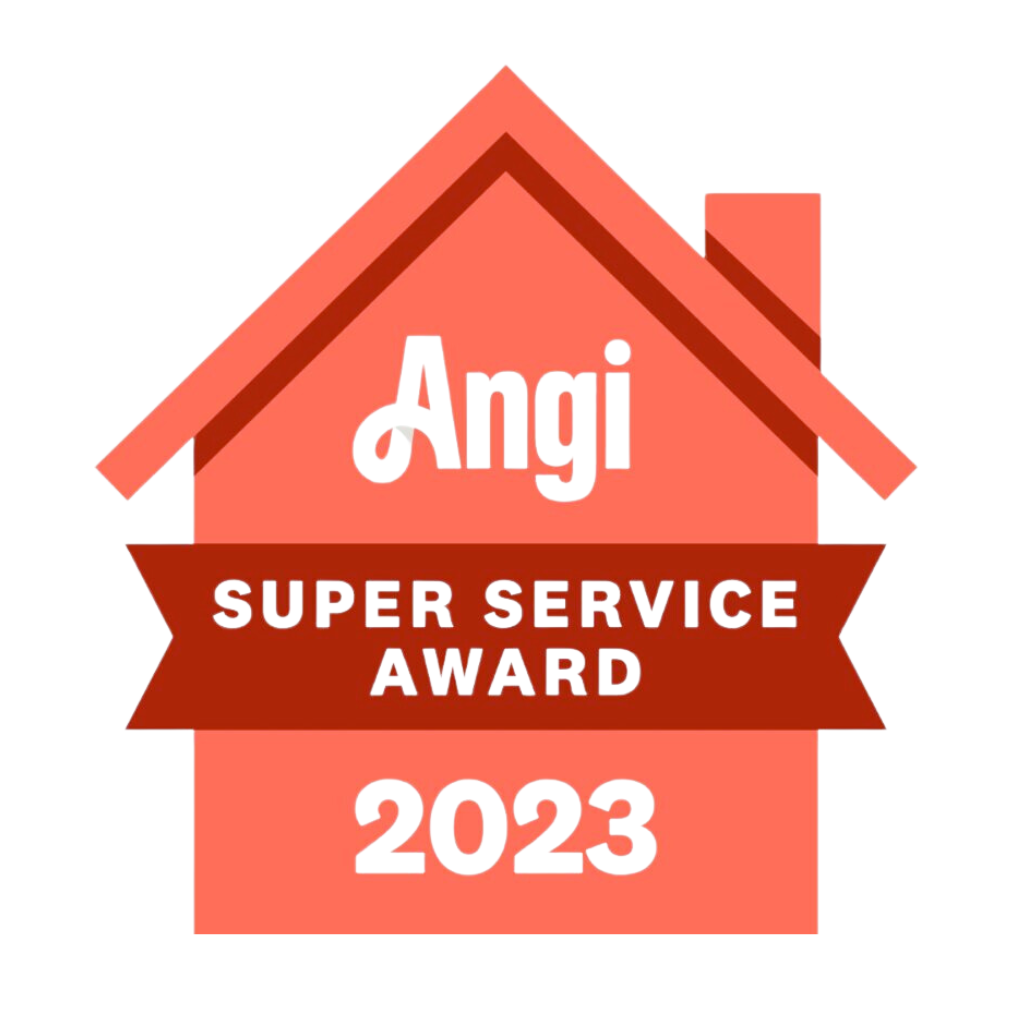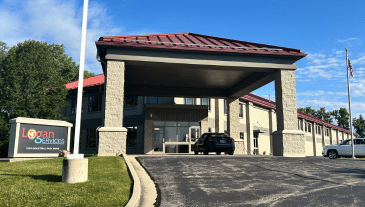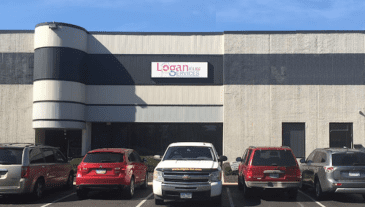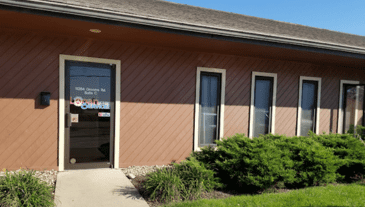Long before the modern electrical air conditioner, humans still needed ways to find relief from hot climates. The ancient Egyptians would hang wet reeds in windows or wind catchers to cool the incoming breeze. Early Persian engineers mastered wind tower designs that funneled air underground where the earth would cool it before sending it back through the living spaces. Similar primitive swamp coolers have been used around the world for centuries.
While these methods worked to an extent, they could not fully block humidity or cool spaces evenly and adequately for modern industrial and commercial needs. It wasn’t until the turn of the 20th century that the fundamental technology emerged that would enable truly modern air conditioning and transform everywhere we work and live.
When Was Air Conditioning Invented?
Willis Carrier is widely credited as the inventor of modern AC in 1902. At the time, Carrier was a heating engineer working for a printing plant in Brooklyn, New York. His job was to maintain consistent indoor air conditions to prevent the paper from expanding and contracting during printing.
To solve this specific industrial problem, Carrier created the first system to control temperature and moisture mechanically. On July 17, 1902, he ran the world’s first working electrical AC unit, the birthplace of an industry that would fundamentally reshape architecture and habitation globally. Cooled air from Carrier’s invention enabled climate control far beyond previous capabilities.
Widespread Commerical Use
Though the first unit was made for industrial manufacturing, Carrier quickly realized AC’s many potential applications. He founded his own company, Carrier Engineering Corporation, in 1915 to develop AC for commercial and public buildings.
The technology enabled population migration and economic growth across hot southern U.S. climates. It became essential for productivity in factories, offices, kitchens, and hospitals – anywhere heat and humidity previously limited output or safety. Hotels in warmer destinations could now attract guests year-round. Carrier installed AC systems in The House of Representatives in Washington D.C, the New York Stock Exchange, and Rivoli Theater in Times Square, which became the first air-conditioned movie theater.
These highly visible public venues demonstrated the technology’s capabilities, helping air conditioning spread rapidly in the 1920s and 30s. Americans saw firsthand that this new invention provided reliable comfort from the summer swelter.
Home Air Conditioning
Though air conditioning took off commercially in the early 1900s, it took longer to reach middle-class households. Units were still too large and costly for average homeowners in the first half of the 20th century. Slow efficiency improvements and pressure from eager consumers brought inventors ever closer to the goal.
Engineers worked on making smaller, safer, and more energy-efficient AC units with less complex installations suitable for residences. Key innovators driving early residential adoption included Stuart Cramer, Frederick Jones, and David St. Pierre DuBose. New refrigerant alternatives like Freon enabled smaller cooling systems requiring less space and maintenance.
The post-WWII economic and housing boom of the late 1940s and 50s enabled many American families to purchase their first home air conditioners. Window unit sales skyrocketed to over a million per year in the US by the early 1950s. By 1970, over 50% of American households had an AC unit. Today, climate control is commonplace, with over 90% of households adopting the technology that barely existed a century ago.
How Air Conditioners Work
Air conditioners essentially function as refrigerators for entire rooms or buildings. At their core is a closed-loop system that leverages the changing pressure of refrigerants to absorb, remove, and release heat in an enclosed space.
In an AC unit, the liquid refrigerant flows through an expansion valve that causes it to turn into a cool, low-pressure gas. This refrigerant gas gets pumped through evaporator coils where a fan blows the warmer air from the room over the coils. The refrigerant absorbs heat from the air, cooling it as the gas continues through the loops.
The refrigerant is then pumped into a condenser unit outside the cooled space, where it is compressed at high pressure by an AC compressor and then back into a hot liquid that releases stored thermal energy outside—the refrigerant loops around to repeat the cycle, constantly maintaining preset lowered temperatures.
Impact Beyond Cooling
Modern air conditioning fundamentally shaped 20th-century culture, economy, progress, and inequality. Populations boomed across America’s Sun Belt as AC opened up previously inhospitable hot climates to major growth. Air conditioning sent tens of millions searching for warmer weather retirements, which changed migration and demographics permanently.
AC enabled year-round productivity essential for economic powerhouses like Florida and Texas that now boasted nation-leading GDPs. Huge new mega-cities developed around air conditioning infrastructure across the American South and Middle East. Pop culture saw massive changes, like the rise of shopping malls, summer blockbusters, and amusement parks.
However, poorer communities lacked access to the technology for decades, resulting in preventable heat deaths each year and lower physical output or attendance for those enduring dangerous working conditions. Heat thresholds continue limiting opportunities today for those still living and working in buildings without modern cooling solutions.
The Logan Difference
Logan A/C & Heat is a family-owned and operated heating and cooling company that has been serving our community since 1969. What truly sets us apart is our commitment to providing an exceptional customer experience during every interaction.
Our technicians go through extensive training to ensure they have the skills to properly diagnose issues, make recommendations, and complete installations efficiently and correctly the first time. We make sure our trucks are fully stocked with all necessary parts before each appointment, eliminating delays or frustration waiting for missing materials.
Clear communication is key – we provide thorough explanations of options and keep you updated from the initial quotes through project completion. Our install managers vet each job thoroughly, leveraging decades of HVAC experience. We take pride in neat, careful work and minimizing disruption in your home or office.
A hallmark of working with Logan is the detailed walkthrough we conduct with all customers before finishing. We demonstrate the new AC or furnace so you understand exactly how to operate, maintain, and troubleshoot any problems if they arise. We want to empower you to get the best performance from your new system for the entire AC lifespan.
We also assist in making sure warranties are validated and won’t fall back on the customer due to technicalities. Logan stands behind our installations.
Giving back to the community through donations, volunteer work, and random acts of kindness (like free AC tune-ups for seniors and heroes) has defined our family legacy. We believe in treating customers, partners, and neighbors with the same care and respect we’d show our own family. Please consider Logan A/C & Heat for all your heating and cooling needs!
Frequently Asked Questions (FAQs)
Who invented air conditioning?
Willis Carrier is credited with inventing modern air conditioning technology in 1902. Earlier cooling systems existed, but Carrier created the first successful system using advanced mechanical engineering to control both temperature and humidity, which previously limited industrial productivity.
When did air conditioning become popular?
Air conditioning was rapidly adopted for industrial and commercial use in the early 20th century, helping drive economic growth and opportunity. For average households, residential AC became common by the 1950s/1960s as improved efficiency and mass production drove down consumer costs, expanding middle-class access to technology.
How did air conditioning change the world?
Air conditioning technology enabled migration and booming economies across hot southern U.S. climates previously hindered by heat and humidity. Huge new mega-cities and industries developed thanks to essential air conditioning underpinning growth and productivity. It also leads to demographic shifts changing politics, culture, and quality of life across newly livable regions.
What was cooling like before air conditioning?
Before electrical air conditioning, options for cooling buildings and homes were far more limited. Methods often relied on airflow, shade, evaporative cooling and taking advantage of cooler temperatures overnight and underground to moderately control conditions indoors. None offered the precise advanced climate and humidity control made possible by modern AC systems first pioneered by Willis Carrier.
